Water scarcity is a pressing issue that has far-reaching consequences for communities and industries alike. In recent years, the urgency of this problem has become increasingly apparent, and companies around the world are turning to innovative solutions to address it. One such company is Uravu Labs, which was founded in 2019 with the goal of solving the problem of water scarcity through innovative technology.
Uravu Labs has developed a unique approach to water generation that is both renewable and scalable. The company's atmospheric water generators use a patented technology to extract moisture from the air and turn it into clean drinking water. This approach has the potential to revolutionize the way we think about water generation and consumption, and it has already attracted the attention of the hospitality industry.
In a recent move, Uravu Labs ventured into the hospitality industry to upend water consumption and make the sector more sustainable. The company has closed deals with Roxie, an Italian-themed craft house, and The Leela, an Indian luxury hotel chain. By providing a sustainable source of clean water to these establishments, Uravu Labs is helping to reduce their environmental impact and promote sustainability in the industry.
To further support their mission, Uravu Labs raised USD 2.3M in a seed funding round in March, with a total funding of USD 4.3M so far. This funding will allow the company to continue developing and refining its innovative technology and expand its reach to more communities and industries around the world.
In an interview with TheCSRUniverse, Swapnil Shrivastav, Co-founder of Uravu Labs, discusses his inspiration behind tackling the issue of water scarcity and the sustainability initiatives that the company is currently working on. He also outlines Uravu Labs' long-term sustainability goals and highlights the measures taken to ensure the safety of the water produced by their atmospheric water generators, particularly in areas with high levels of air pollution.
To learn more about this disruptive technology and its potential for renewable and scalable solutions, read the full interview below.
Q: What inspired Uravu Labs to tackle the issue of water scarcity and how is your approach unique from other players?
A: In 2015, during our time as students at NIT Calicut, Venkatesh (my Co- founder at Uravu Labs) and I, witnessed a severe water shortage on campus and in the city of Calicut due to a severe drought. As hostel residents, we were often left with only one bucket of water per person, and water tankers were the only source of water supply.We were motivated to solve this with technology and developed the idea of ‘water-from-air’, and initially had to utilize the standard technology. However, as this technology was already being used by other companies, we sought to create a fresh approach.
With the water-from-air idea gaining traction and receiving numerous grants and awards like XPRIZE, which inspired companies worldwide to develop a 100% renewable method for generating water. The reward news inspired us to discover water solutions that are 100% sustainable.
I reached out to a professor at the Indian Institute of Science (IISc, Bangalore) who specialized in thermal, solar and absorption technology, and he recommended one of his students, Mr. PardeepGarg, to help turn the dream of 100% renewable water into a reality. Uravu's success story was fueled by these timely choices. Soon after, Balaji joined the team to contribute his mechanical expertise. This marked the birth of Uravu Labs.
While about 200 companies offer Atmospheric Water Generators technology that produce water-from-air, none of them can claim that their technology is both renewable and scalable.
Uravu Labs sets itself apart from the rest with its unique ability to achieve 100% renewability by utilizing various renewable heat sources, such as bolar, Biomass, and waste heat. Moreover, our technology enables scalability, to produce hundreds of thousands of litres of water every day.
Q:How are you contributing to the United Nations' Sustainable Development Goals, and what are your long-term sustainability goals? How are you measuring and reporting the impact of your technology on the UN SDGs?
|
SDG Goals
|
Uravu Lab intervention
|
|
SDG Goal 3 (‘Good Health and well-being’) aims to end the epidemics of tuberculosis, malaria and neglected tropical diseases and combat hepatitis, water-borne diseases.
|
Uravu fresh and distilled water can be used in various medical purposes
|
|
SDG Goal 6(‘Clean Water and Sanitation’) aimsto bring accessibility of drinking water to 844 Million people currently do not have proper access to drinking water
|
5% people can be positively impacted with our solution within 10 Years.
|
|
SDG Goal 9 (Industry, Innovation and Infrastructure) aims to create more resilient and green infrastructure to reduce environmental impacts
|
Uravu can reduce freshwater usage in industries by 20-50%.
|
|
SDG Goal 9 (Responsible consumption and production) aims at resource decoupling and impact decoupling for a greener and more inclusive global economy
|
Uravu’s solution can improve water resource efficiency and enable a localised supply chain.
|
Q:What other sustainability initiatives are you focusing on, and how are you implementing them?
A: We are implementing several CSR initiatives into our operations to showcase our dedication to the environment, including projects such as quarry rejuvenation, lake restoration, responsible plastic recycling, and plastic offsetting. We have already established contacts with multiple NGOs that can aid us in efficiently executing out our initiatives.
Q: How do you raise funds for your venture? Who all are your donor partners?
A: Uravu was founded in 2019 and bootstrapped for the first 15 months received grants like XPRIZE, NIDHI-PRAYAS, ELEVATE (Govt of Karnataka), Amrut 2.0, and Danish Innovation Fund. Subsequently, Uravu raised the first venture round, the Pre-Seed round. Speciale Invest from Chennai led this round, along with participation from individual investors from Japan and US. Following this, Uravu raised Seed round of USD 2.3 million, with Anicut as the lead investor, followed by Rocketship.vc, Verso, Vesta, Venture Catalysts, JITO, and many other international investors.
Q: How does Uravu Labs ensure that the water produced by atmospheric water generators is safe for drinking, especially in areas with high levels of air pollution?
A: To achieve the highest quality of water, Uravu subjects the water generated through many processes.
HEPA Filters- The ambient air contains some unwanted air-borne particles;High Efficiency Particulate Air Filter [HEPA Filter] is something we use for this purpose. They ensure that dust and air-borne pollutants are removed.
Desorption Process- Desiccant present in Uravu system absorbs only water vapour from ambient air, during desorption, the desiccant is heated to 70 degrees Celsius and the added benefit is that any bio-life which might be present gets killed.
Filtration- The water at end of desorption is distilled in nature. Uravu’s filtration includes 5-stage filtration; this includes deionization (TDS control), demineralization, pH balance, ultrafiltration (UF), and ozonation.
Mineralization cartridge- The processed water is put through mineral cartridge that adds necessary minerals to the consumable water.
Renewable water is perfect for the beverage industry: pH of 6.8-7 and TDS of less than 10 mg/L*
Uravu’s water quality was tested from a certified NABL* laboratory as per ISO 9001-2015 named, Civil Lab and Geotech Consultants.
Uravu has also received an FSSAI certification for the retail of water bottles.
Q:What are the different business models that your company offers for affordable and clean potable drinking water, and how do they work?
A:Uravu employs 2 business models, Water-as-a-Service (WaaS) and Direct Asset Sales (DAS). In the Direct Asset Sales model, modules with capacities of 200, 2000, 10,000 LPD, etc. will be installed anywhere as per client's demand. Also, Uravu charges a recurrent fee in the form of an annual maintenance contract under the DAS model after the installation.
On the other hand, WaaS business model which is B2B2C involves selling packaged renewable water bottles to the hospitality sector. The packaged water is labelled and customised according to the customers' requirements and then distributed to hotels, cafes, etc.
Q: Which companies have approached you for rooftop renewable water production, and what is the objective behind it? How many more collaborations are in the pipeline, and how are you planning to scale up production for future demands?
A:Today when we think about sustainability, people think about solar PV, and so, most corporate companies just install solar PV in their offices. But now that people are aware of water from air, a lot of corporate companies have approached Uravu for installing rooftop machines in their office premises. Moreover, there are various real estate developers who also want to install Uravu’s machine on their rooftops such as Mittal Builders and corporates like Novozymes and Infosys. The objective is to provide 100% clean and high-quality water to people while saving groundwater and reducing water scarcity. We have 2 signed orders from Novozymes (a bio-pharmaceuticals company in Bangalore) and Mittal Builders (A real estate company in Mumbai). Other companies in the pipeline are Murugappa Group, Infosys, Morgan Stanley, TCS and many other corporate companies. We already have 1000 LPD system and we intend to scale up to 10,000 LPD, which could satisfy the demands in this sector.
Q: How are you addressing the challenges of high energy consumption and cost associated with atmospheric water generators?
A:Uravu is constantly trying to optimize its system with the goal being less energy consumption with best output. Uravu has come up with innovative process implemented to reduce the energy numbers. Along with that, Uravu is also developing an innovative heat pump that will make the system more efficient all the while consuming less energy.
Q: How do you manage the disposal of waste generated during the production of atmospheric water generators?
A:There is no waste generated in our process, and the liquid desiccant we utilise can be reused multiple times for 15-20 years to generate 100% renewable water.
Q:How is your company ensuring that your products, like generators and bottled water, are accessible and affordable to people in low-income communities?
A:For products like the generators and the machine itself, we target to partner with major corporates and their CSR foundations and also leading NGOs to implement our solutions in low-income communities. These solutions will be partly funded by our partners and the maintenance and related cost and the remaining cost for the CAPEX could be paid by the community over a long-term period. The idea here is to offer a solution on a pay per use basis for 10–15-year timeline that would mean that the initial cost would get amortised over many years thus bringing a very low-cost option for communities.
And in low-income communities the idea would be to first target high impact areas like schools, hospitals where you have demographics like children and women who are the most affected by issues of water quality or water scarcity.
Bottled water option is not really targeted for low-income communities but rather to make our solution available to luxury and premium hospitality, where we can create awareness for renewable water in general, so that in the short to mid-term it also becomes a revenue generating option while facilitating the expenses we are incurring for the R & D and the further scale up. Once we reach volumes of 10,000 LPD -50,000 LPD capacity the solution will become much more accessible and affordable for communities as well as industries.
Q: What is Uravu Labs' approach to creating 100% renewable water for the beverage industry, and what is your perspective on the slow adoption of such innovative solutions by beverage companies in India?
A:The beverage industry is currently facing intense competition, with companies seeking to distinguish themselves by implementing unique approaches in areas such as packaging and renewable energy. Despite this, the industry remains one of the largest consumers of groundwater, consuming a staggering 1500 billion litres annually. Therefore, we see tremendous potential for Uravu's solution to be introduced into the beverage industry. Not only will this save groundwater, but it can also serve as a unique selling point in marketing.
Although Uravu's water may not be suitable for the mass market, it can be easily incorporated into the premium bracket of products within the beverage industry. Most beverage companies have semi-premium and premium brands, and Uravu is targeting this niche to satisfy 2-10% of any beverage company's water requirements, especially for this category of products. This market itself is significant, given the hundreds of companies in the global beverage industry that can adopt this solution.
We recognize that the adoption of innovative solutions by beverage companies in India is currently slow, as this is a new category and consumer demand is still building up. However, we anticipate that as both sides become more sustainable, demand for our solution will increase.
Q:What training and support do you provide to communities to ensure proper maintenance and repair of atmospheric water generator over time?
A:Our goal for training and support includes two key initiatives. Firstly, we aim to hire and train individuals from the local community to operate the unit under the guidance of Uravu staff. Secondly, we plan to share a Standard Operating Procedure with community members who possess some basic knowledge of equipment and machinery. Our ultimate aim is to simplify the process so that even unskilled committee members can operate the unit. Additionally, we have a remote monitoring system in place to monitor water quality, production, energy consumption, and detect potential maintenance issues through predictive maintenance methods. Moreover, we offer a dashboard that provides our customers with insights into the unit's performance and water production over time.
Q:How do you propose to work with local governments and organisations to promote the adoption of atmospheric water generators as a sustainable solution for clean drinking water? What are the main challenges in that direction?
A:Our first step is to identify the critical areas where our solution will have the most significant impact. To achieve this, we plan to target specific demographics such as women and children, primarily in schools, anganwadis, and maternity homes where the lack of good water quality and accessibility affects them the most. We aim to partner with relevant government agencies such as the Ministry of Health, Ministry of Women and Child Development and Ministry of Health and Family Welfare to achieve our goal.
One major challenge we anticipate is financing these kinds of projects. Therefore, we plan to collaborate with local governments, organizations, and NGOs to fund a substantial portion of the capital expenditure (CAPEX). For the remaining CAPEX, as well as operations and maintenance costs, we propose a pay-per-use model that the local community can pay over a 10–15-year period at a minimal cost.
By starting with high-impact areas and scaling up to capacities of 10,000-15,000 LPD, we can make the solution more affordable and accessible to larger communities for all their drinking water needs.



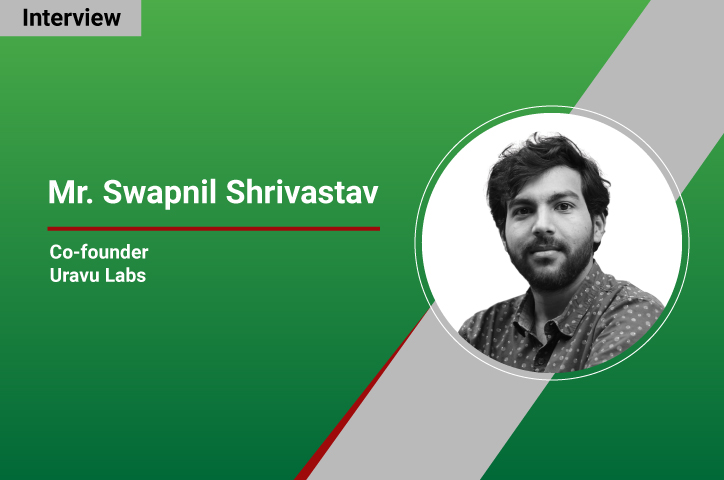

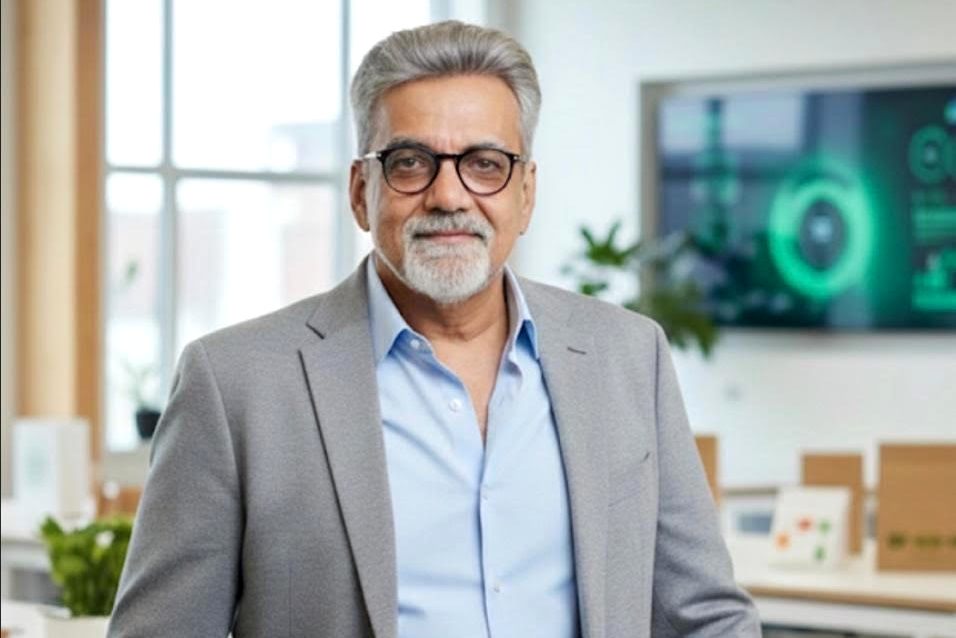


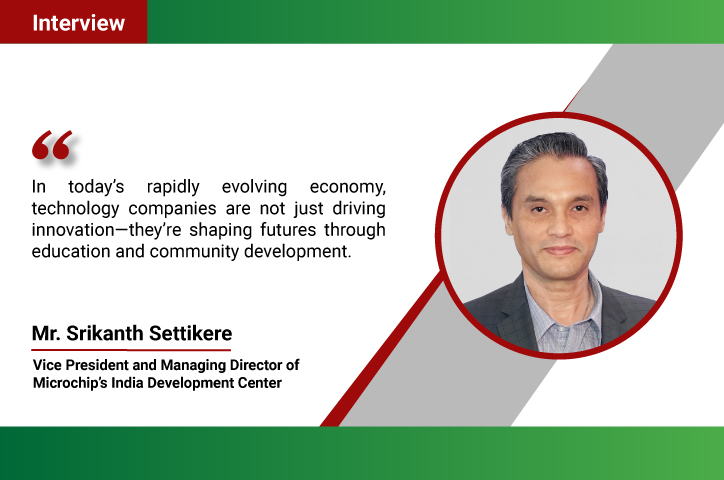
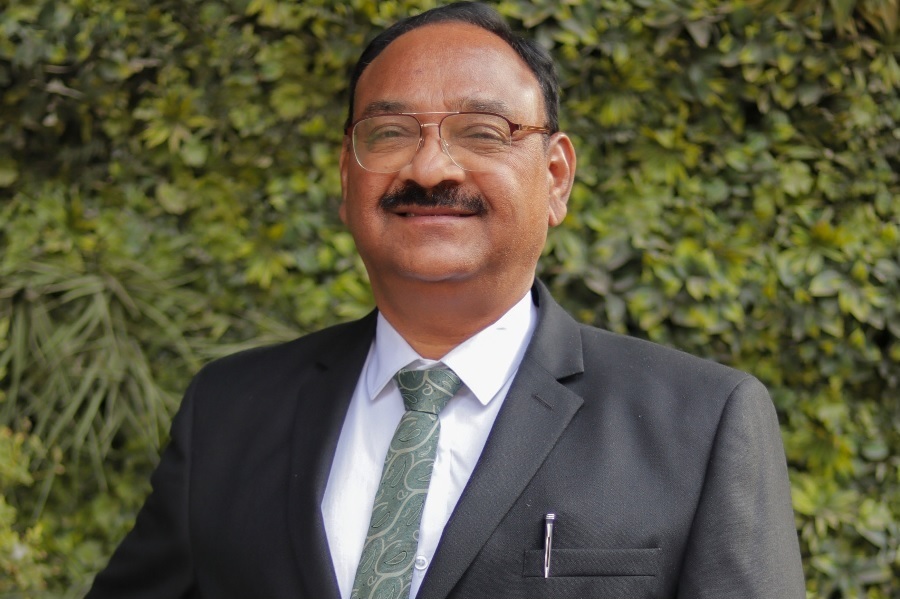
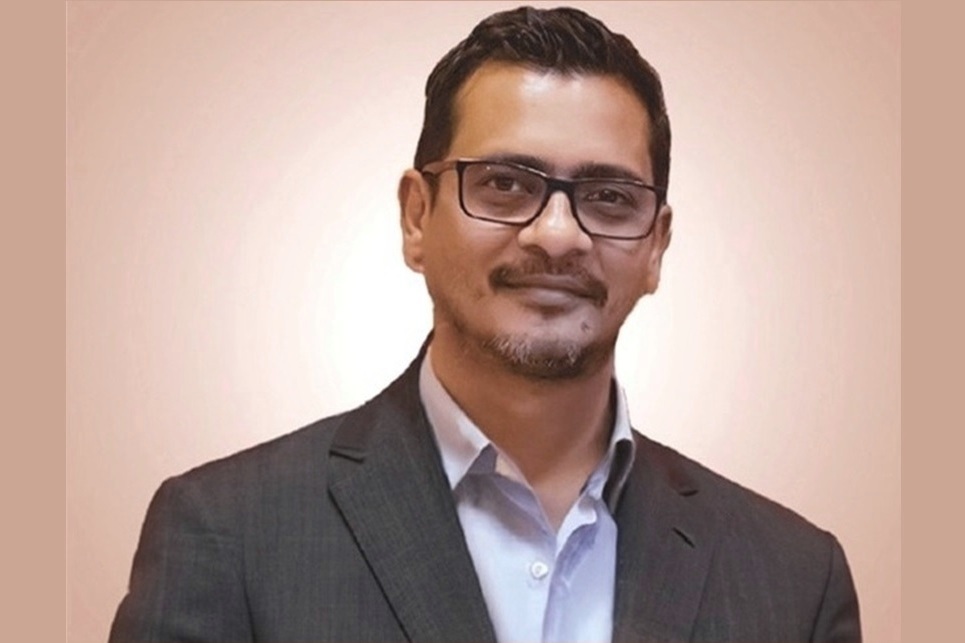

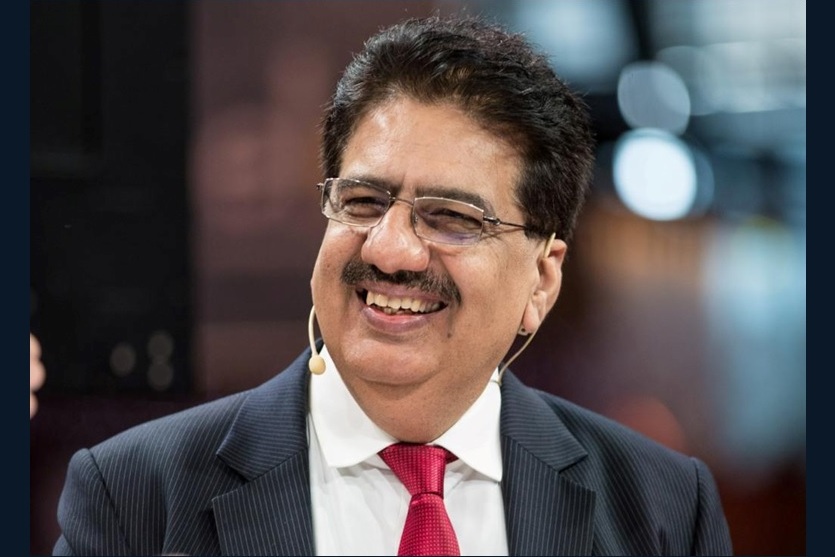

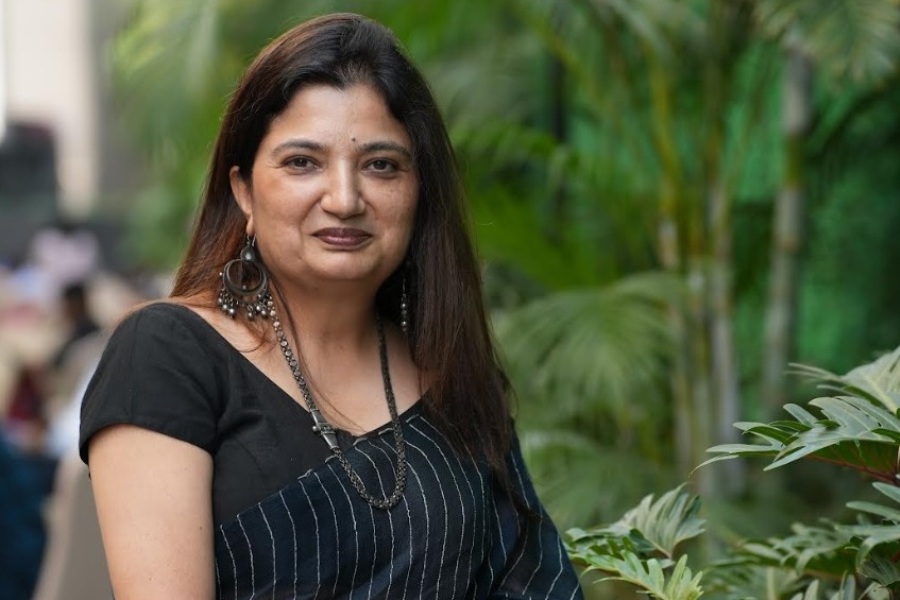

.jpg)




